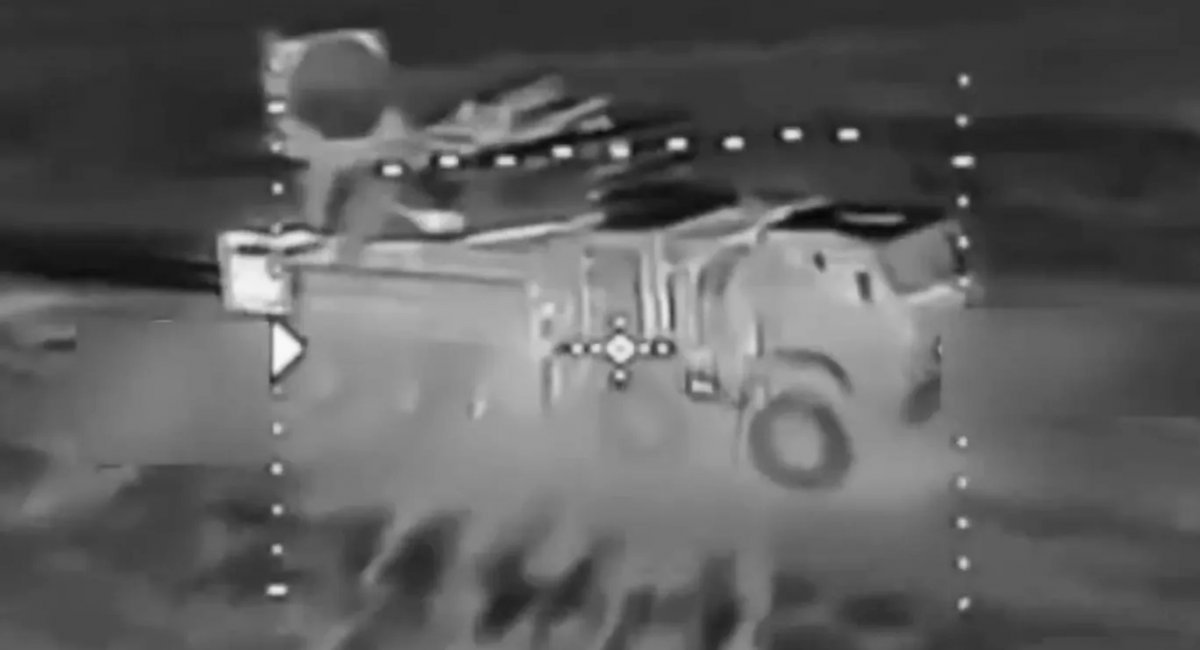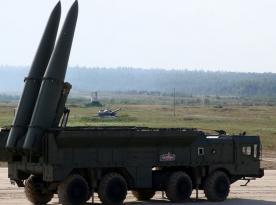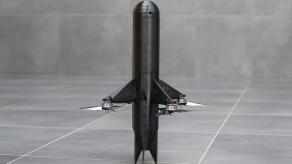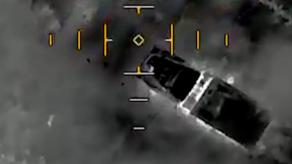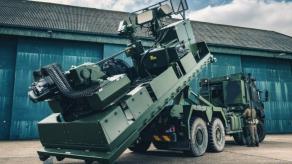On January 6, 2025, it was reported that operators of Ukrainian FPV kamikaze drones destroyed two russian Pantsir-S1 air defense systems and one Osa short-range air defense system in the temporarily occupied part of the Kherson region. This attracted attention not only for the number of enemy air defense assets destroyed in a single strike but also for the depth of penetration required to execute it.
It has now been revealed that this strike was executed using naval surface drones, which acted as "carriers" in the operation, as reported by The War Zone.
Read more: Ukrainian Naval Drone Innovation Destroys russian Air Defense Systems, Alleged Carrier Boat Changes Tactics (Video)
Another 'no-analogue' scrap metal.Ukrainian drones destroyed a Pantsir-S1 air defense system in the Kherson region.: UA Navy pic.twitter.com/Nr01VCzumZ— Defense of Ukraine (@DefenceU) January 6, 2025
“Only a week after Ukrainian sea drones made history by successfully taking down russian helicopters, another historical first as our homegrown naval drones are now launching their own FPV drones, destroying russia’s air defense units,” Ukraine’s Center for Strategic Communication and Information Security (CSCIS) stated on social media.
Back in December, initial evidence emerged that Ukraine was using this capability, with aerial drones being launched from unmanned surface vessels (USVs) as part of its campaign against russian offshore platforms.
The types of FPV drones used in this strike, as well as the USVs from which they were launched, remain undisclosed. However, an infographic released by CSCIS shows a drone boat resembling the widely used Magura V5, alongside three quadcopter FPV drones.
After being brought closer to their targets by the USVs, the FPV drones successfully struck two russian Pantsir-S1 systems and one Osa system in russian-occupied areas of Ukraine’s southern Kherson region.
From a technical perspective, using this type of unmanned weaponry presents several considerations. FPV drones, especially for strikes over several dozen kilometers, require relays for stable control. This raises the question of whether a naval "mothership" drone could serve as such a relay.
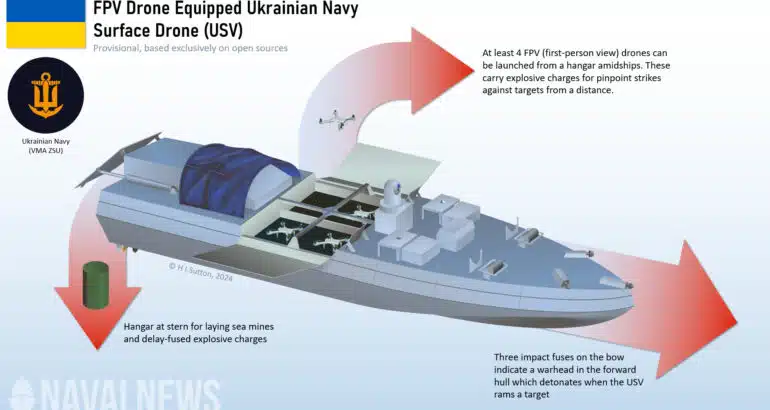
On the other hand, launching FPV drones from a surface drone minimizes the chance of encountering physical obstacles. This improves signal transmission range and increases the likelihood of successfully striking enemy targets in coastal areas.
The equipping of Ukrainian unmanned surface vessels with FPV drones represents a logical evolution in their development. Previously, these vessels were equipped with RPV-16 Shmel thermobaric rocket launchers and even 122-mm rocket launch systems for self-defense and targeting enemy assets.
Read more: Ukrainian Forces Neutralize russian Assault in Kursk, Destroy Five Armored Vehicles (Video)




